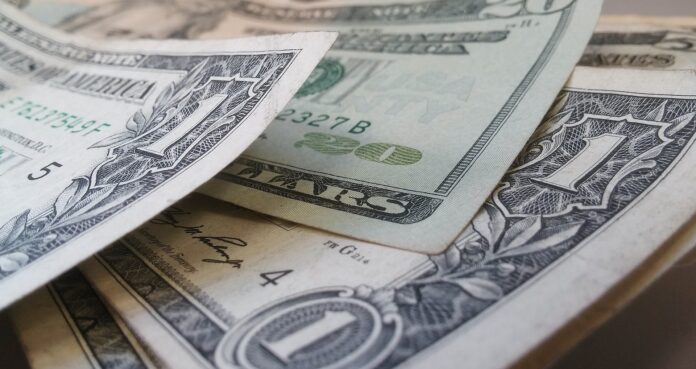The country’s balance of payments (BOP) stood as a deficit of USD2 billion in March, a sharp reversal from the USD1.2 billion surplus recorded in the same month last year, according to data released by the Bangko Sentral ng Pilipinas (BSP).
The central bank attributed the March shortfall to the national government’s foreign currency withdrawals from its BSP deposits to meet external debt obligations, as well as the BSP’s net foreign exchange operations.
This development brought the year-to-date BOP deficit to USD3 billion, contrasting with the USD238 million surplus registered during the January–March period of 2024. The BSP noted that this deterioration largely reflects the widening trade-in-goods deficit, which reached USD8.3 billion in the first two months of the year, up from USD7.9 billion in the same period last year, based on preliminary data from the Philippine Statistics Authority.
Despite the BOP shortfall, the country’s gross international reserves (GIR), an indicator or capacity to pay for the country’s foreign currency obligations, remained broadly adequate, declining slightly to USD106.7 billion as of end-March 2025 from USD107.4 billion a month earlier. The BSP emphasized that this level of reserves is sufficient to cover 7.4 months’ worth of imports and payments, and is 3.6 times larger than the country’s short-term external debt based on residual maturity.
The central bank also highlighted that the negative BOP balance was partly offset by sustained inflows from personal remittances, foreign direct investments, and foreign borrowings by the national government.
The March figures underscore emerging external pressures on the Philippine economy amid rising global uncertainties and persistent trade imbalances. The BOP is a critical indicator of the country’s external sector health, and its shift to a deficit could influence exchange rate policy and investor sentiment in the coming months.







